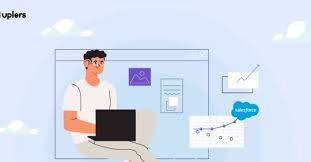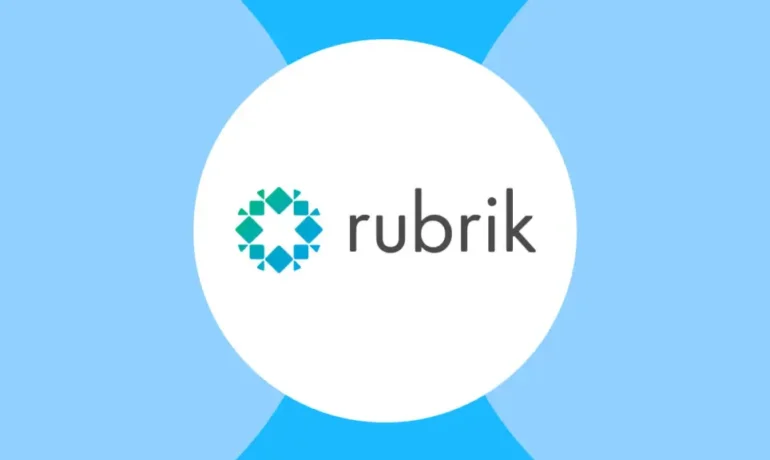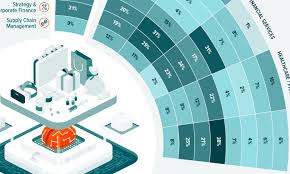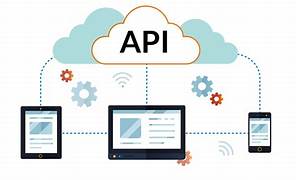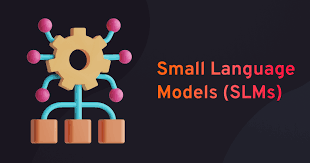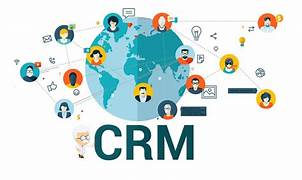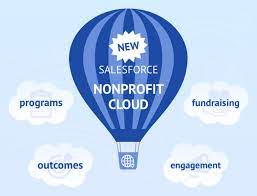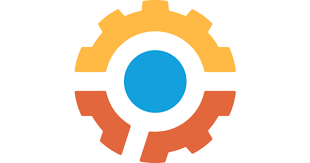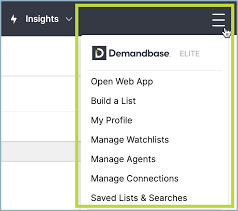Salesforce Text Messaging
Salesforce Text Messaging: Boost Customer Engagement Directly from Your CRM In this insight, we’ll explore why Salesforce SMS is a powerful tool for your business, how to make your SMS campaigns stand out, and how to send messages through Salesforce with minimal technical complexity. Salesforce Text Messaging. What is Salesforce Text Messaging? Salesforce SMS is a feature that enables users to send SMS messages directly from Salesforce. By integrating SMS with Salesforce, businesses can communicate efficiently with their customers, enhancing engagement and streamlining operations. Benefits and Use Cases of Salesforce SMS Effective customer engagement is crucial for every business, and Salesforce SMS offers an efficient way to connect with your audience. Here are some of the top advantages: 1. Enhanced Customer Engagement SMS boasts a 99% open rate, making it one of the most effective communication channels. Salesforce SMS helps businesses: 2. Real-Time Communication Timely communication is essential in customer service. Salesforce SMS enables businesses to send relevant, real-time information such as: 3. Automation and Efficiency Salesforce SMS allows for automated messaging, saving time and reducing errors. Benefits include: 4. Personalized SMS Messaging Leverage customer data in Salesforce to create personalized, targeted messages that resonate with recipients. Use Salesforce SMS to: 5. Employee Ease of Use Integrating SMS into Salesforce means employees can manage communication through a familiar platform. Benefits include: Additional Advantages of SMS in Salesforce Best Practices for Salesforce SMS Campaigns To ensure successful SMS campaigns, follow these best practices: 1. Obtain Explicit Consent It’s important to get clear consent from customers before sending SMS messages. This builds trust and ensures compliance with regulations like TCPA in the U.S. and GDPR in the EU. 2. Make Opt-in Easy Simplify the process for customers to opt-in and clarify the types and frequency of messages they will receive. 3. Provide Opt-out Options Make it easy for customers to unsubscribe at any time to maintain trust. 4. Use Clear Calls to Action (CTA) Each SMS should guide the recipient on what to do next, using actionable language such as “Click here” or “Buy now” to prompt immediate responses. 5. Monitor and Analyze Performance Regularly assess the success of your campaigns by tracking key metrics like open rates and opt-outs. Use A/B testing to optimize performance and customer feedback to refine your approach. LINK Mobility Integration with Salesforce SMS LINK Mobility‘s SMS integration (one Salesforce SMS tool) enhances your Salesforce SMS campaigns with powerful features: Enhance Customer Engagement and Efficiency with Salesforce SMS Salesforce SMS enables businesses to engage customers in real-time, enhancing relationships and operational efficiency. Whether sending order updates, appointment reminders, or personalized promotions, Salesforce SMS creates a strong foundation for meaningful communication with your customer base. Need help with Salesforce SMS? If you’re looking for assistance in configuring SMS within Salesforce or need expert guidance, Tectonic is here to help you maximize the benefits of SMS integration for your business. Contact us today. Like Related Posts Salesforce OEM AppExchange Expanding its reach beyond CRM, Salesforce.com has launched a new service called AppExchange OEM Edition, aimed at non-CRM service providers. Read more The Salesforce Story In Marc Benioff’s own words How did salesforce.com grow from a start up in a rented apartment into the world’s Read more Salesforce Jigsaw Salesforce.com, a prominent figure in cloud computing, has finalized a deal to acquire Jigsaw, a wiki-style business contact database, for Read more Service Cloud with AI-Driven Intelligence Salesforce Enhances Service Cloud with AI-Driven Intelligence Engine Data science and analytics are rapidly becoming standard features in enterprise applications, Read more

